| Share |
|
Blog article posted May 2015 |
|
These instructions are only for Windows machines. You do not need to do this on Linux or OSX!
On OSX and Linux, the ADB debugging tool is able to communicate directly with Android devices, without having to install any kind of device driver. However, on Windows, you typically need to provide a device driver, and this is specific to each device manufacturer. Here is a list of available OEM drivers. However, in some cases, you might not be able to find a driver from the OEM, so what do you do then? Google provides a USB driver for Nexus devices on Windows, and we can use that. It should work for any Android device since they all support ADB. However, it doesn't work automatically for non-Nexus devices, because the USB vendor id is different. So lets explain the steps to use it. 1. Start the SDK Manager: In Android Studio, go to Tools ... SDK Manager. Install the Google USB Driver on your Windows machine. 2. Enable ADB debugging on your Android device: The ADB documentation explains how to set this up. Go to Settings ... About phone, and then tap Build number seven times. When you return back to the settings screen, you will see Developer options at the bottom. Go there and enable USB debugging (this can sometimes vary on certain OEM devices). 3. Plug the Android device in to your Windows machine with the USB cable. Windows will add the device but fail since it doesn't have a driver for it. 4. Find the device in Windows: Start up the Windows Device Manager, and find the unknown device under Other devices. You will see a device with a failure icon, this is your device. Click on the device to bring up the details. 5. Update the driver: Select Update Driver..., then select Browse my computer for driver software, and then Let me pick from a list of device drivers on my computer. Select Show All Devices, then Next, and then Have Disk.
6. Provide the path to the Google USB driver: Go to the directory where your Android SDK is installed, and then go to 7. Finish the driver installation: Select Android ADB Interface and then Next, and select Yes to the warning about how the driver might not be compatible. You may also need to approve the installation of the driver from Google Inc. The device driver should now be installed. You should be able to run the adb devices command and see your device. You will need to approve the ADB connection on the device. |
| Share |
|
Blog article posted May 2015 |

Google Developer Advocate 2014-2023
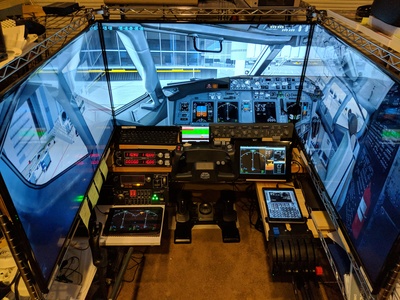
X-Plane plugins and apps for flight simulation
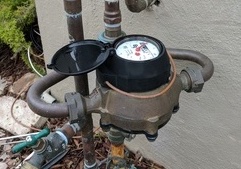
IoT water meter monitoring
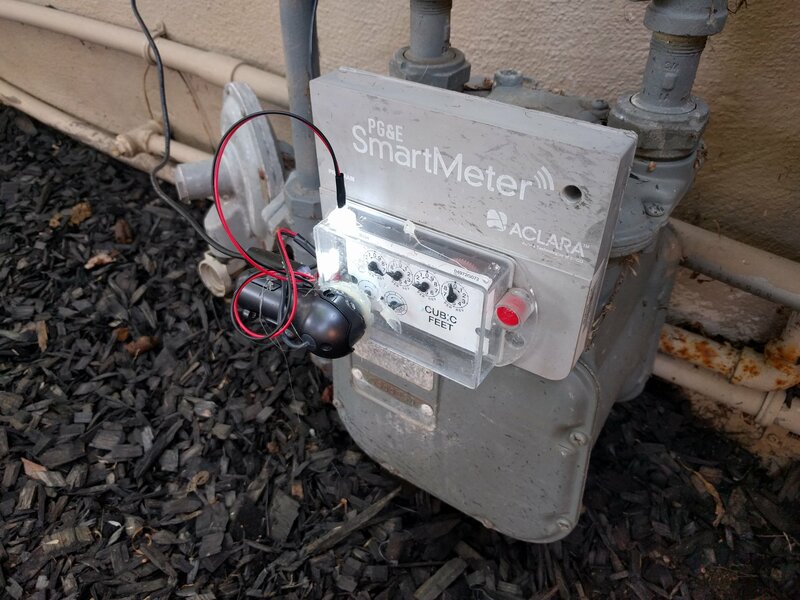
IoT computer vision monitoring
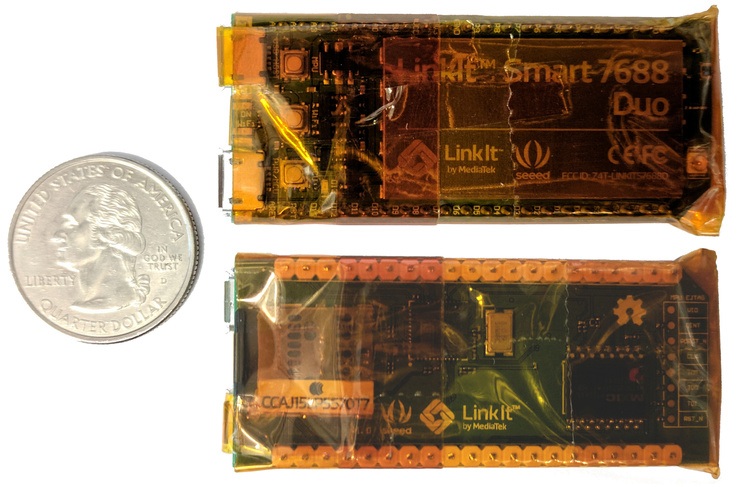
Tiny and cheap offline Wikipedia project 2017
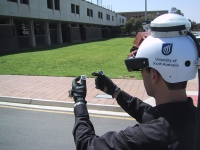
Outdoor augmented reality research
Tinmith 1998-2007
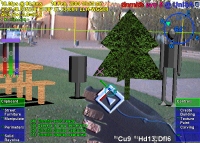
Outdoor augmented reality 3D modelling
Tinmith 1998-2007

Outdoor augmented reality gaming
ARQuake 1999-2007
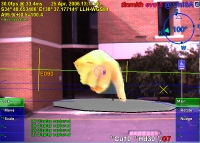
Scanned physical objects outdoors
Hand of God 3D 2006